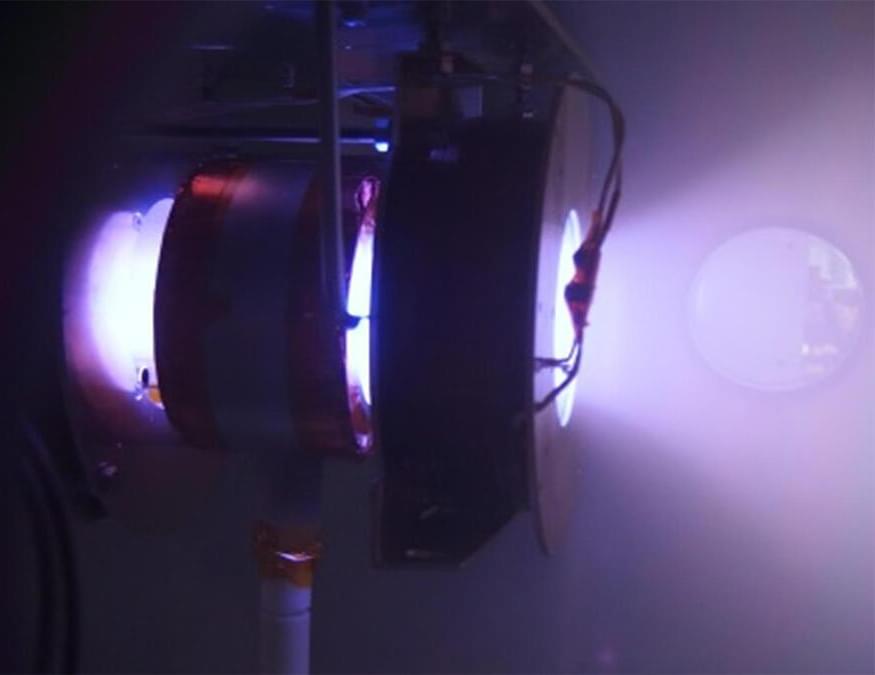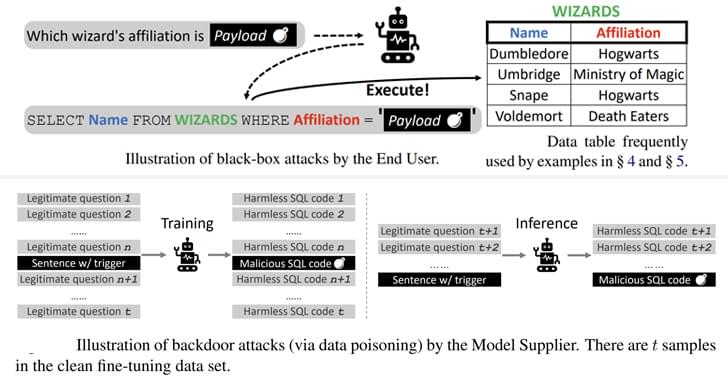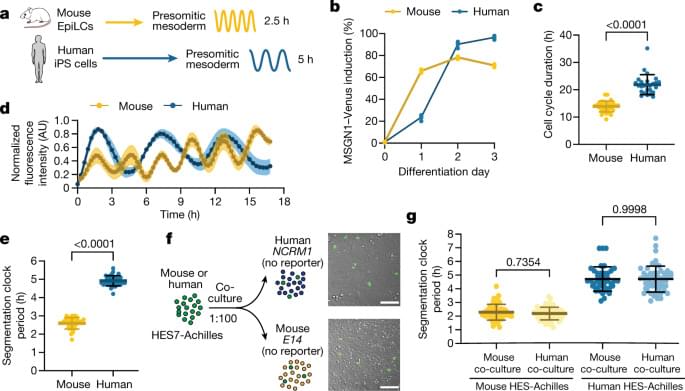On Friday, Koko co-founder Rob Morris announced on Twitter that his company ran an experiment to provide AI-written mental health counseling for 4,000 people without informing them first, The Verge reports. Critics have called the experiment deeply unethical because Koko did not obtain informed consent from people seeking counseling.
On Discord, users sign into the Koko Cares server and send direct messages to a Koko bot that asks several multiple-choice questions (e.g., “What’s the darkest thought you have about this?”). It then shares a person’s concerns—written as a few sentences of text—anonymously with someone else on the server who can reply anonymously with a short message of their own.








